Scientists from South Korea have advanced lithium-ion battery technology through nanotechnology and a new hybrid composite material.
Category: sustainability – Page 51
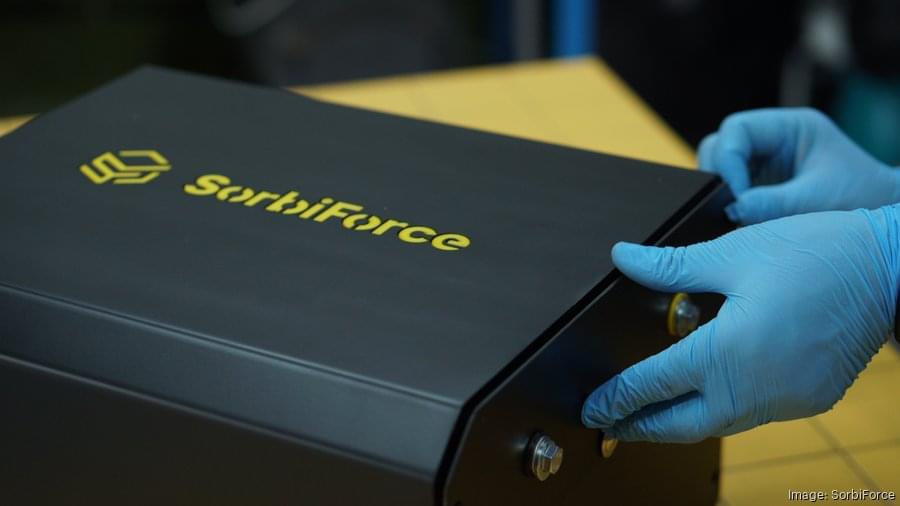
Carbon battery startup aims to make energy storage circular
Ukrainian startup SorbiForce said they’ve created the world’s first sustainable battery using four key ingredients: carbon, water, salt and agricultural waste.
“With the current way energy storage systems and batteries are designed, they have really big sustainability implications for the planet,” Kevin Drolet, SorbiForce’s CMO, told pv magazine USA. He explained that material scientist Serhii Kaminskyi, SorbiForce’s CEO and co-founder, had long been bothered by those environmental ramifications.
Kaminskyi pulled together a team of experts in the late 2010s to work on solving the problem. This ultimately landed them a spot in the University of Arizona Center for Innovation startup incubator following the start of the Russia-Ukraine war through the U.S. Department of State’s Global Innovation through Science and Technology initiative.
SorbiForce, a Ukrainian energy storage company now in Arizona, has developed metal-free organic batteries made entirely from agricultural waste.
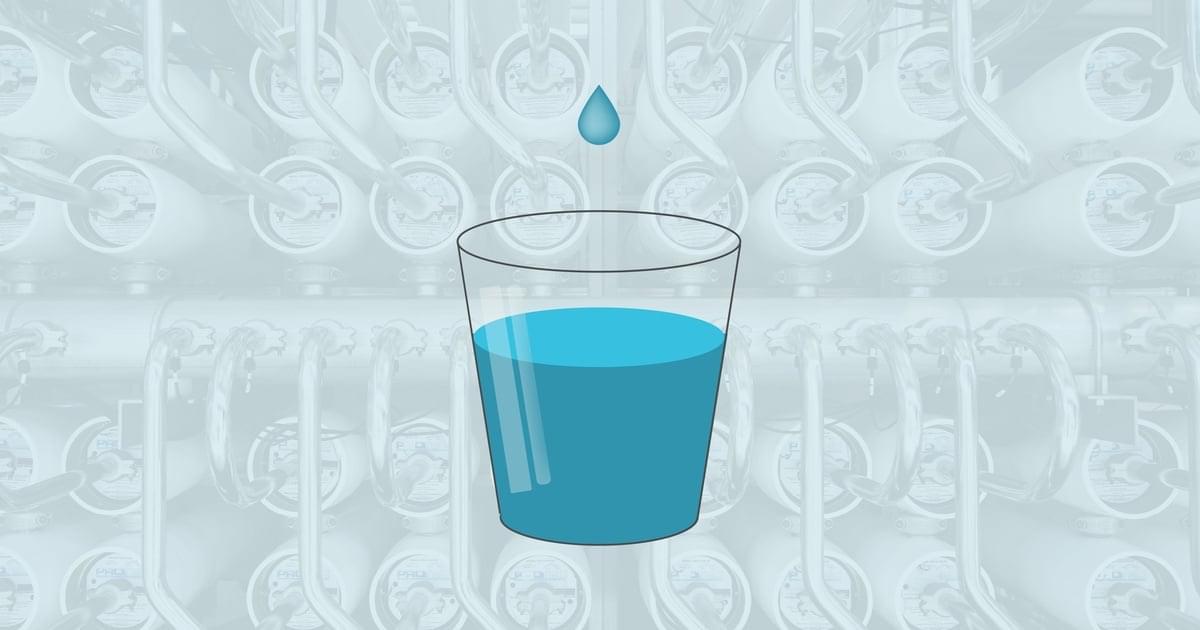
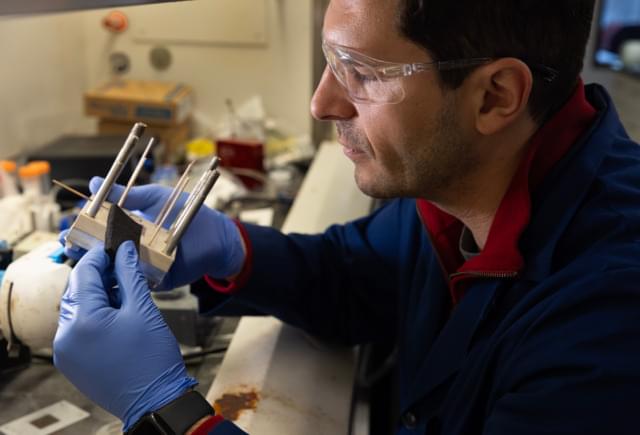
New technology helps turn seawater into drinking water
Desalination can offer a relief in probably trillions of dollars of savings for countries even when drought comes.
Water desalination plants could replace expensive chemicals with new carbon cloth electrodes that remove boron from seawater, an important step of turning seawater into safe drinking water.
A study describing the new technology has been published in Nature Water by engineers at the University of Michigan and Rice University.


Stellar: A World Beyond Limits and How To Get There
The Chopra Well
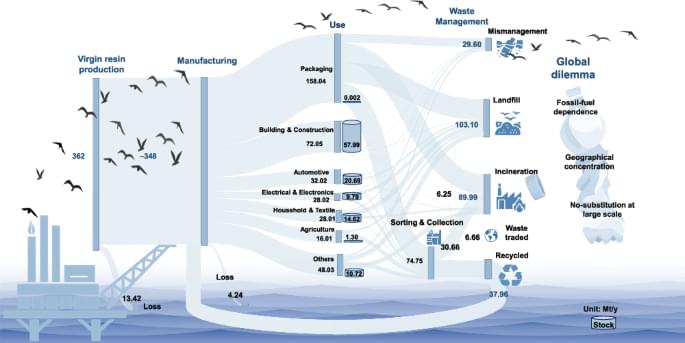
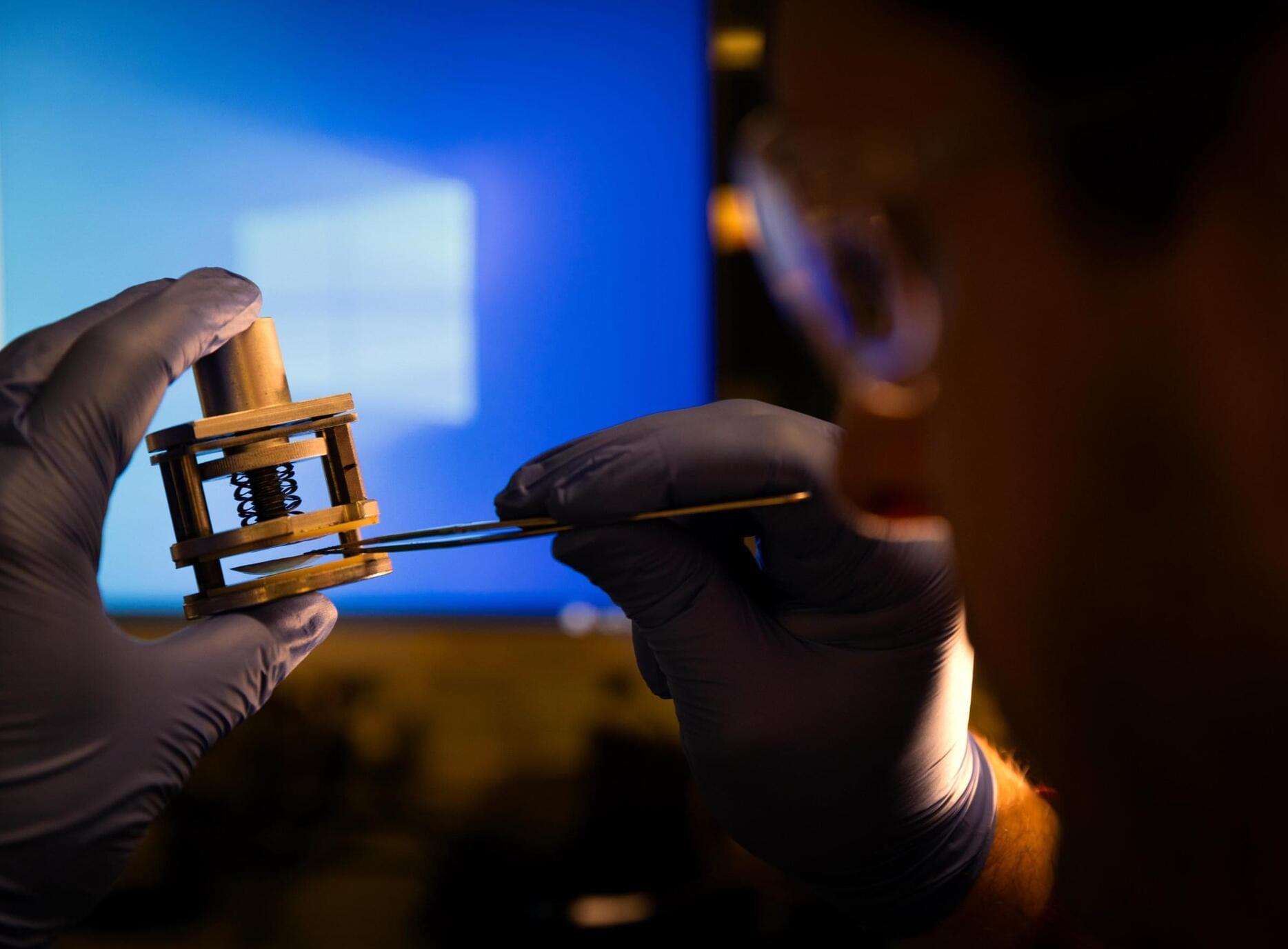
$6.9 Billion Solution: Engineers Unveil Cleaner, Cheaper Way to Desalinate Seawater
In seawater, boron exists as electrically neutral boric acid, so it passes through reverse osmosis membranes that typically remove salt by repelling electrically charged atoms and molecules called ions. To get around this problem, desalination plants normally add a base to their treated water, which causes boric acid to become negatively charged. Another stage of reverse osmosis removes the newly charged boron, and the base is neutralized afterward by adding acid. Those extra treatment steps can be costly.
“Our device reduces the chemical and energy demands of seawater desalination, significantly enhancing environmental sustainability and cutting costs by up to 15 percent, or around 20 cents per cubic meter of treated water,” said Weiyi Pan, a postdoctoral researcher at Rice University and a study co-first author.

Pt nano-catalyst with graphene pockets enhances fuel cell durability and efficiency
The manufacturing and deployment of hybrid and electric vehicles is on the rise, contributing to ongoing efforts to decarbonize the transport industry. While cars and smaller vehicles can be powered using lithium batteries, electrifying heavy-duty vehicles, such as trucks and large buses, has so far proved much more challenging.
Fuel cells, devices that generate electricity via chemical reactions, are promising solutions for powering heavy-duty vehicles. Most of the fuel cells employed so far are so-called proton exchange membrane fuel cells (PEMFCs), cells that generate electricity via the reaction of hydrogen and oxygen, conducting protons from their anode to their cathode utilizing a solid polymer membrane.
Despite their potential, many existing fuel cells have limited lifetimes and efficiencies. These limitations have so far hindered their widespread adoption in the manufacturing of electric or hybrid trucks, buses and other heavy-truck vehicles.